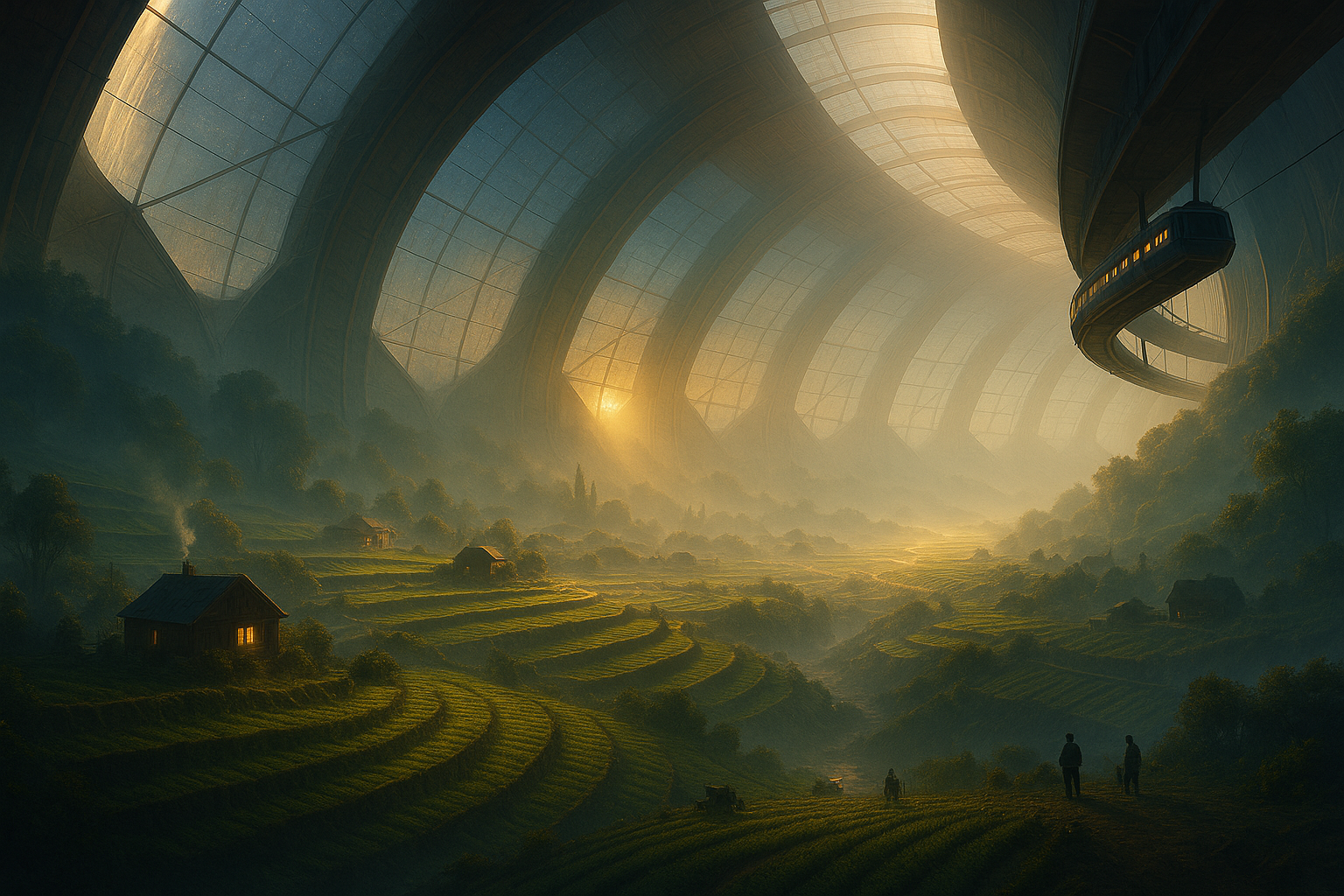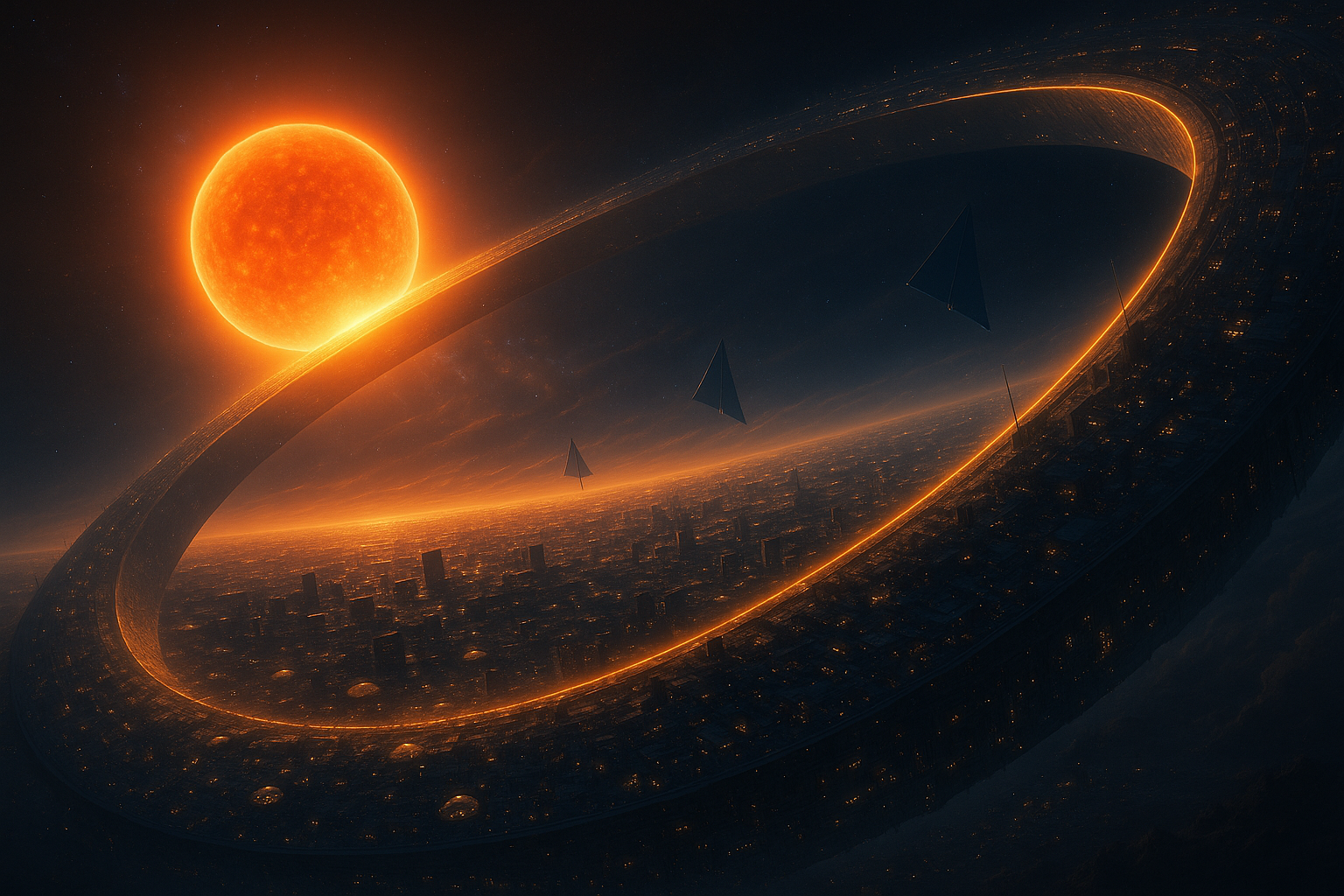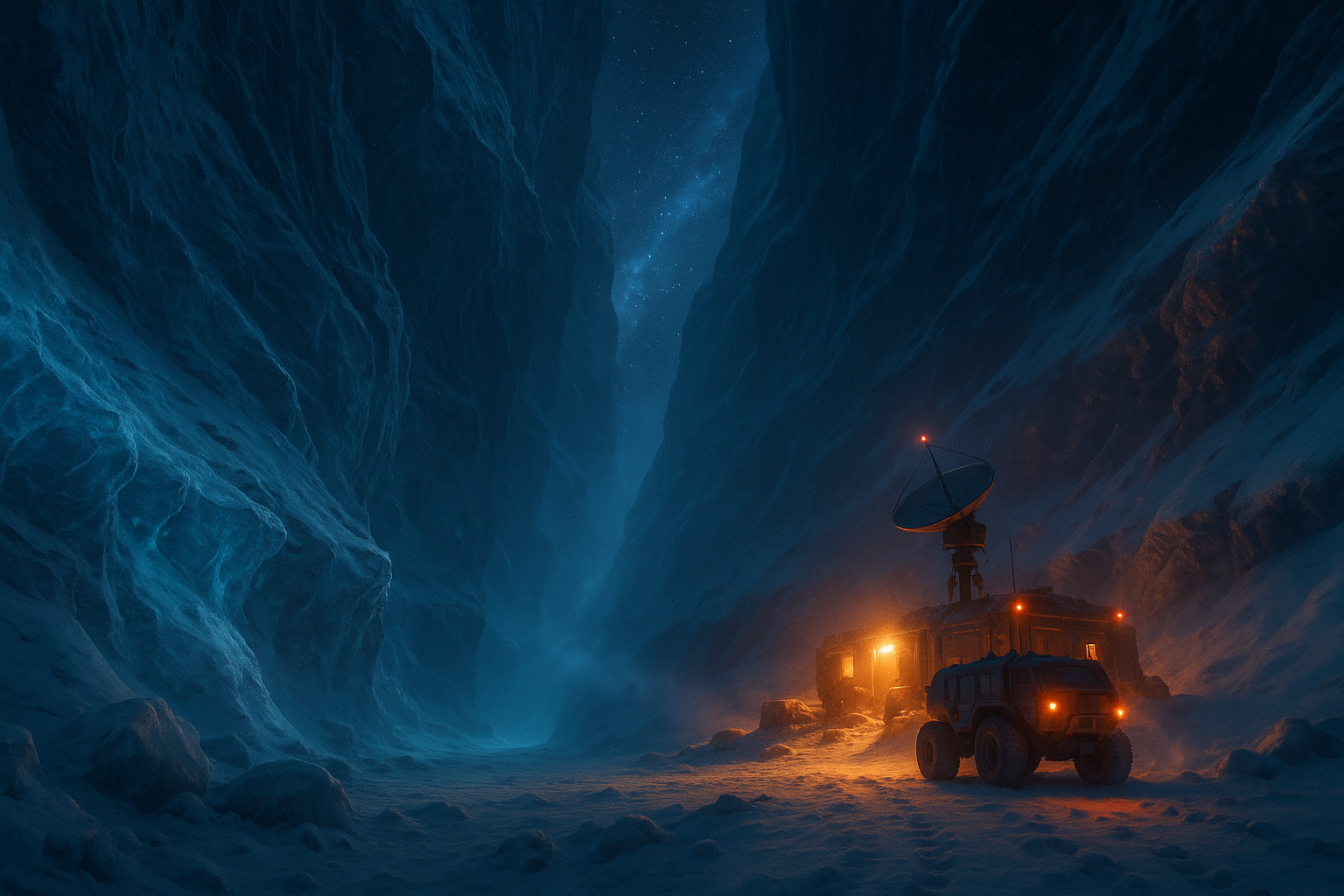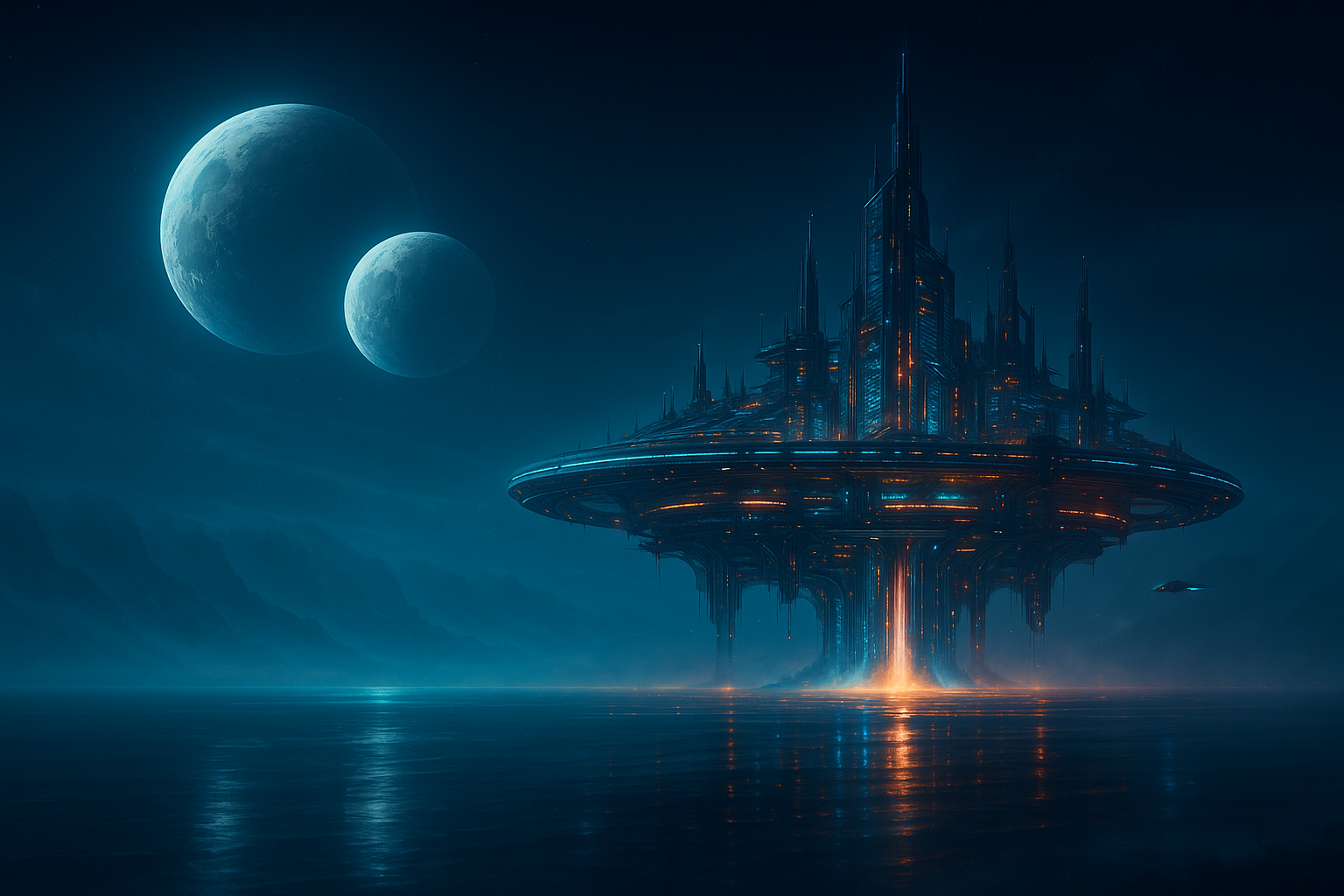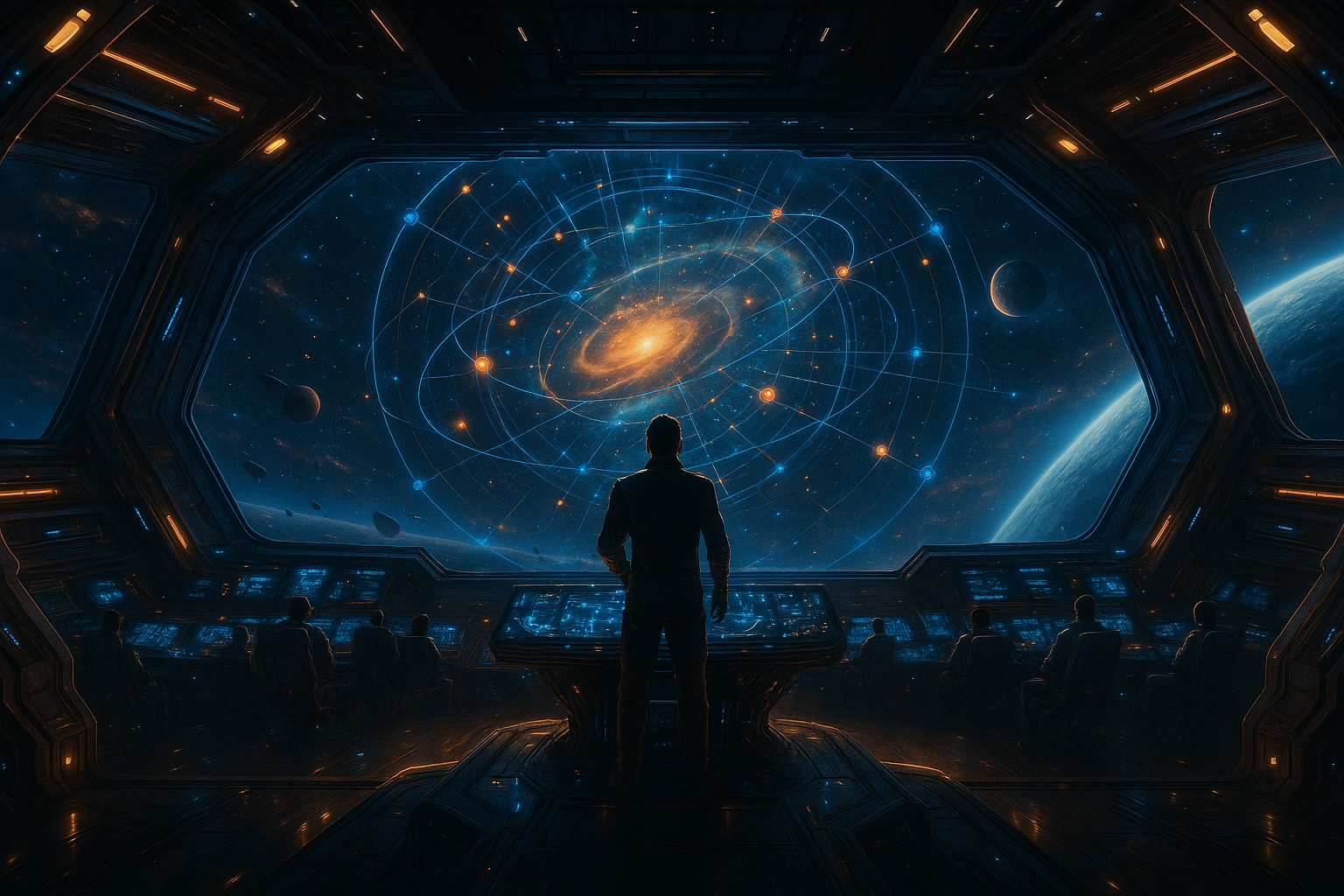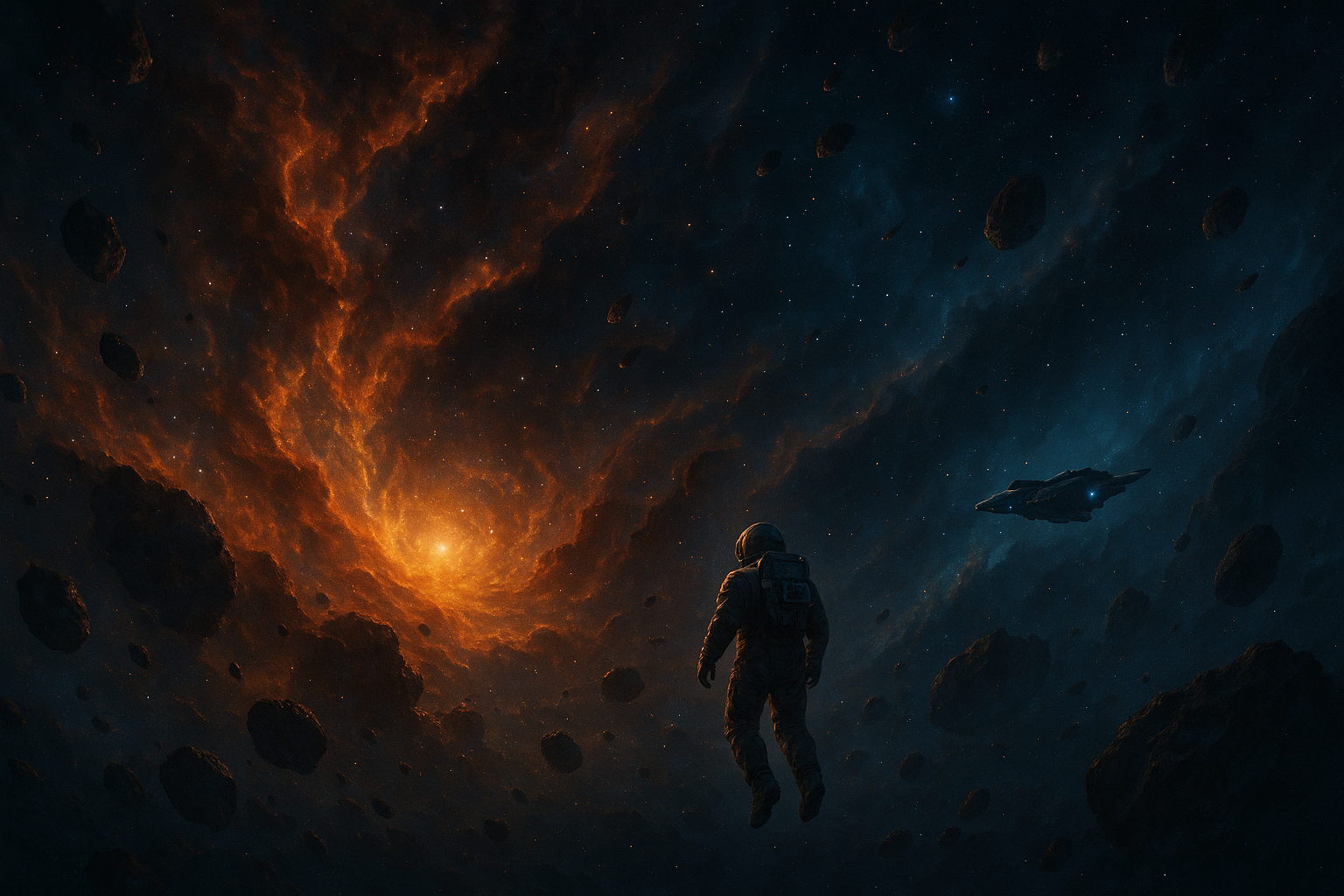- Blog
3D Projection and “Holographic” Display — An Encyclopedia Overview
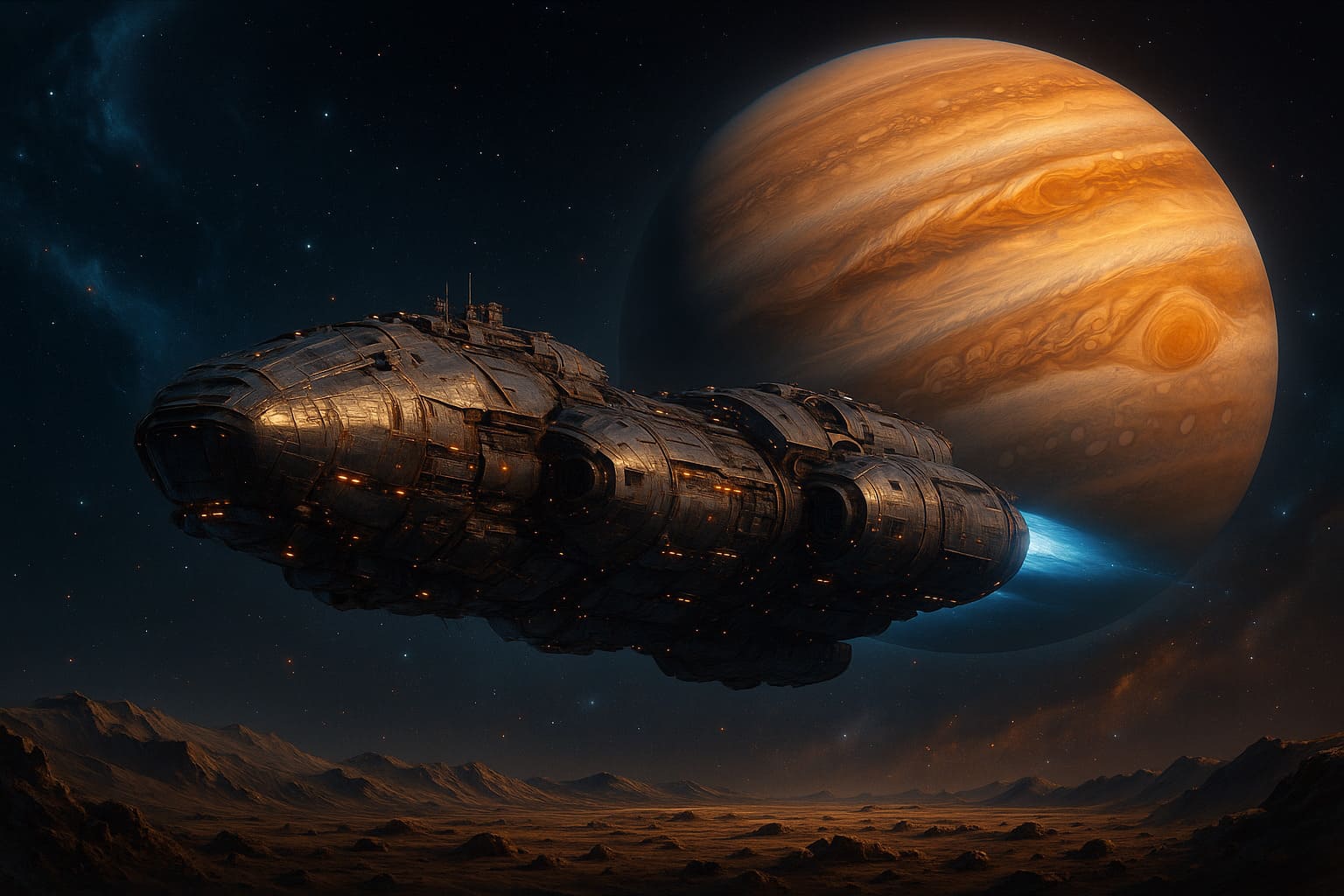
Table of Contents
Toggle1. Definitions and Scope
“3D projection” in public spaces usually means one of three display families:
-
Illusory (Pseudo-Holography): Uses reflective or semi-transparent media to create the appearance of floating objects (e.g., Pepper’s Ghost, acrylic pyramids, scrims/films).
-
Volumetric: Builds a real volume of light in space via moving surfaces or voxels (e.g., POV hologram fans, swept-volume rotors, laser or acoustic voxels).
-
Stereoscopic / Light-Field: Sends different images to each eye (with or without glasses) or to different viewing zones (multi-projector/light-field).
A related technique, Projection Mapping, precisely projects onto real 3D objects or buildings.
2. Primary Methods
2.1 Pepper’s Ghost (45° stage illusion)
-
Principle: A large transparent pane at ~45° reflects an off-stage image toward the audience, producing a floating figure that can appear alongside real actors.
-
Materials: High-brightness display or projector, large glass/film at 45°, dark stage, controlled lighting.
-
Strengths: Life-size subjects, strong presence on stage, can mix with live performers.
-
Limitations: Tight light control; fixed sightlines; large, fragile panels.
-
Typical uses: Concert “holograms,” museum or retail “holobox,” theater illusions.
2.2 Acrylic Pyramid (“4-sided hologram”)
-
Principle: Four trapezoid acrylic faces reflect four quadrants of a specially prepared video, forming a small floating figure visible from several sides.
-
Materials: Clear half-mirror acrylic, rigid frame, phone/tablet/monitor.
-
Strengths: Low cost, easy to build, good at close range.
-
Limitations: Small size, limited brightness and viewing angles.
-
Typical uses: Countertop displays, product showpieces, tabletop exhibits.
2.3 Transparent Scrim / Holographic Film
-
Principle: A fine mesh or holographic film is tensioned in front of the stage; a projector places images onto it so they seem to hover.
-
Materials: High-gain scrim/film, bright projector(s), rigging, black backdrop.
-
Strengths: Large images, lighter than glass, flexible staging.
-
Limitations: Needs brightness and careful lighting; frontal viewing is best.
-
Typical uses: Entrances, theaters, atriums, live shows.
2.4 Fog Screen / Water Mist
-
Principle: A laminar sheet of micro-droplets acts as a transient projection surface; people can walk through the image.
-
Materials: Fog/mist generator, high-brightness projector, airflow control.
-
Strengths: Walk-through illusion, high “wow” factor.
-
Limitations: Sensitive to HVAC and humidity; lower sharpness; maintenance.
-
Typical uses: Event gateways, immersive paths, experiential marketing.
2.5 POV “Hologram Fan” (LED persistence of vision)
-
Principle: LEDs on spinning blades draw scanlines that the eye integrates into a free-floating picture; multiple units can synchronize to form larger canvases.
-
Materials: POV fan(s), protective guards, sync controller, media player.
-
Strengths: Very bright, compact, works in bright malls, strong depth cue.
-
Limitations: Spinning parts require safety clearances; moiré/flicker in cameras.
-
Typical uses: Retail, stages, window displays, gaming/tech zones.
2.6 Swept-Volume Volumetric (rotating diffuser)
-
Principle: A translucent surface rotates rapidly while a projector/laser writes time-sliced “cross-sections,” building a true 3D volume.
-
Materials: High-speed rotor with diffuser, synchronized projector/laser, enclosure.
-
Strengths: Real multi-angle volumetric view.
-
Limitations: Mechanical complexity, noise, strict safety and alignment.
-
Typical uses: Science exhibits, R&D demos.
2.7 Laser or Acoustic Voxels (light points in air)
-
Principle:
-
Laser plasma: ultrashort laser pulses ionize air to create bright points.
-
Acoustic levitation: phased ultrasound traps and scans particles; illuminated to show voxels.
-
-
Strengths: Actual points in air, sometimes touch-reactive.
-
Limitations: High cost and safety demands; sparse resolution; research-grade.
-
Typical uses: Frontier demos, labs, high-end art.
2.8 Stereoscopic Projection (with glasses)
-
Principle: Each eye receives a different image.
-
Passive dual-projector polarization (two projectors + polarization + silver screen + passive glasses).
-
Active shutter (high-refresh projector + shutter glasses).
-
-
Strengths: Clear depth, mature toolchain.
-
Limitations: Requires glasses; screen and seating planning; brightness loss.
-
Typical uses: Cinemas, lecture halls, corporate launches.
2.9 Light-Field / Multi-Projector (glasses-free)
-
Principle: Many views are distributed into space using lens/barrier optics or multi-projector arrays so multiple viewers see parallax without glasses.
-
Strengths: Glasses-free, multi-viewer.
-
Limitations: Complex, expensive, resolution spread over many views.
-
Typical uses: Museums, automotive showrooms, premium retail.
2.10 Projection Mapping
-
Principle: Images are geometrically corrected and blended to “stick” onto 3D objects or architecture.
-
Materials: High-lumen projectors, mapping software, alignment rigs.
-
Strengths: Seamless fusion with real objects; scalable to buildings.
-
Limitations: Demands high brightness and careful calibration; weather issues outdoors.
-
Typical uses: Building light shows, product launches, immersive exhibitions.
3. Comparative Snapshot
| Method | Real volume? | Works in bright light | Viewing angles | Cost/complexity | Typical size | Safety notes |
|---|---|---|---|---|---|---|
| Pepper’s Ghost | No | Medium | Medium | Medium | Medium/Large | Large glass/film handling |
| Acrylic Pyramid | No | Low–Med | Low–Med | Low | Small/Medium | Acrylic edges, crowd distance |
| Scrim/Film | No | Medium | Medium | Medium | Medium/Large | Rigging tension, fall protection |
| Fog Screen | No | Low–Med | Medium | Medium | Medium | Moisture isolation, slip risk |
| POV Fan | No (swept) | High | Medium | Low–Med | Small/Medium | Spinning blades—guards/clearance |
| Swept-Volume | Near-Yes | Medium | High | High | Small/Medium | Rotors/enclosures, interlocks |
| Laser/Acoustic Voxels | Yes | Low | High | Very High | Small | Laser/ultrasound safety |
| Stereoscopic | No | Medium | High | Medium | Medium/Large | Glasses logistics, brightness |
| Light-Field/Multi-Proj | No | Medium | High | High | Medium | Heat/power, calibration |
| Projection Mapping | No | Med–High | High | Med–High | Medium/Large | High mounts, outdoor compliance |
Brightness and angle performance depend on model, environment, and content.
4. Content and System Notes
-
Assets: Use alpha-matted video (black background), seamless loops, and pre-warped media when needed (e.g., four-view for pyramids, 45° mirrored for Pepper’s Ghost).
-
Calibration & Sync: Multi-device shows need frame sync/timecode. Mapping requires geometry, color, and edge-blend calibration.
-
Brightness Planning: Measure ambient illuminance (lux) and back-calculate required projector lumens and screen gain; scrims/films benefit from high-gain materials.
-
Safety & Compliance:
-
POV fans: guards, stand-off distances, emergency stop.
-
Fog/mist: electrical isolation, condensation management.
-
Lasers: appropriate class, operator certification, audience scanning rules.
-
Rigging: certified hardware, load calculations, inspection logs.
-
5. Quick Selection Guide
-
Bright retail / mall: POV fan or mapping; add scrim/film for large floating visuals.
-
Stage / immersive theater: Pepper’s Ghost or scrim; for actor interaction, Pepper’s Ghost is strongest.
-
Countertop / small kiosk: Acrylic pyramid or small POV unit.
-
Multi-viewer glasses-free depth: Light-field / multi-projector; consider stereoscopic if glasses are acceptable.
-
Frontier R&D / art: Swept-volume or laser/acoustic voxels (budget and safety permitting).
6. Budget Tiers (indicative)
-
Low: Acrylic pyramid, small POV fan, small single-projector mapping.
-
Medium: Pepper’s Ghost (mid-size), scrim/film with bright projectors, dual-projector passive 3D, multi-POV sync.
-
High: Large stage systems, light-field arrays, swept-volume volumetrics, laser/acoustic voxel setups.
7. Deployment Checklist
-
Audience distance, viewing angles, and ambient lux measured.
-
Content pipeline confirmed (render formats, alpha, pre-warp).
-
Rigging and enclosures engineered; power and thermal loads sized.
-
Sync and control plan (timecode, redundancy, remote monitoring).
-
Maintenance plan (consumables, cleaning intervals, spares).
8. See Also
-
Autostereoscopic display, Holography (optical physics), Light-field display, Edge blending, Silver screen, Phased-array acoustics.
If you share venue dimensions, ambient lux, audience flow, and budget, I can produce a one-page comparison with a parts list and a content spec for your exact use case.

